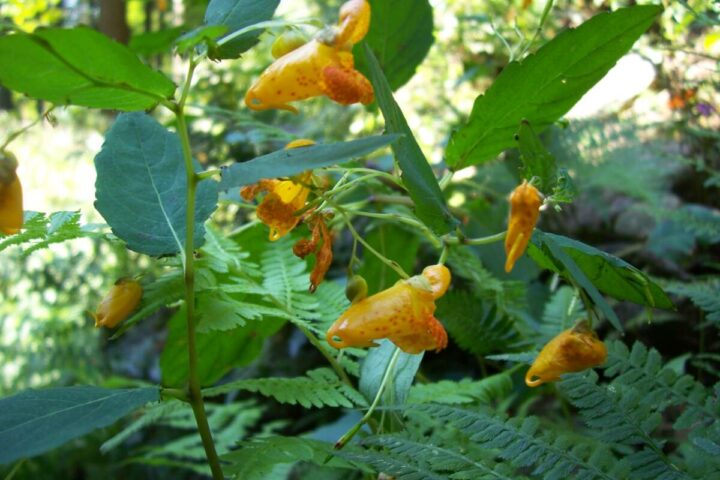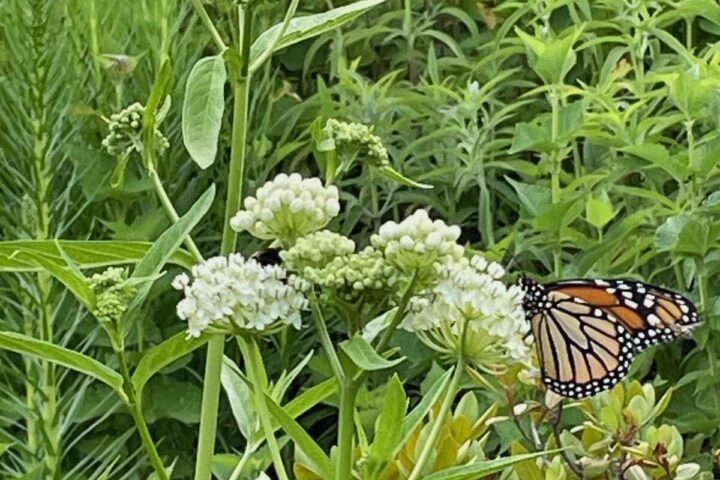You may not know the name, but you most likely have seen Mugwort (Artemisia vulgaris). It is an invasive plant that fills our roadsides and finds its way into wooded areas and even the most well tended gardens.
It is native to Europe and eastern Asia may have originally been brought to North America as a medicinal herb. It spreads aggressively by an extensive rhizome (underground stem) system and by seed, and can form a large clump if not quickly controlled.
If you see it in your yard, remove it with as much of the roots that you can get out. Mugwort can grow back from small pieces of roots left in the ground. If small plants grow back, keep removing them as they appear. It will spread very aggressively.
Getting to know what it looks like and removing it as soon as it appears is the best way to keep it from becoming established.
If you haven’t been able to remove it, cut it back in late August when the flowers are forming to keep it from going to seed. Invasive plants are persistent, but you’ll win if you are just as persistent.
For information about Mugwort and other common invasive plants, click here.
This Monroe Pollinator Pathway article is sponsored by the Monroe Conservation and Water Resources Commission.










Please consider children, pets, wildlife, your water source, and everything else on earth if you would consider chemical controls instead of mechanical control (hand pulling very young plants in spring or early summer). “The dense hairs on the mugwort leaf make herbicide penetration difficult. Foliar spray of glyphosate (e.g. RoundUp) applied in late summer or early fall will suppress mugwort the following year, but not necessarily eradicate it.”
“Goats can safely eat mugwort, and this herb can provide them with a variety of nutrients. Mugwort is a good source of fiber, vitamins, and minerals. It is also a natural dewormer and can help keep goats healthy.” Possibly the neighbors would be happy to help pay for renting a goat?